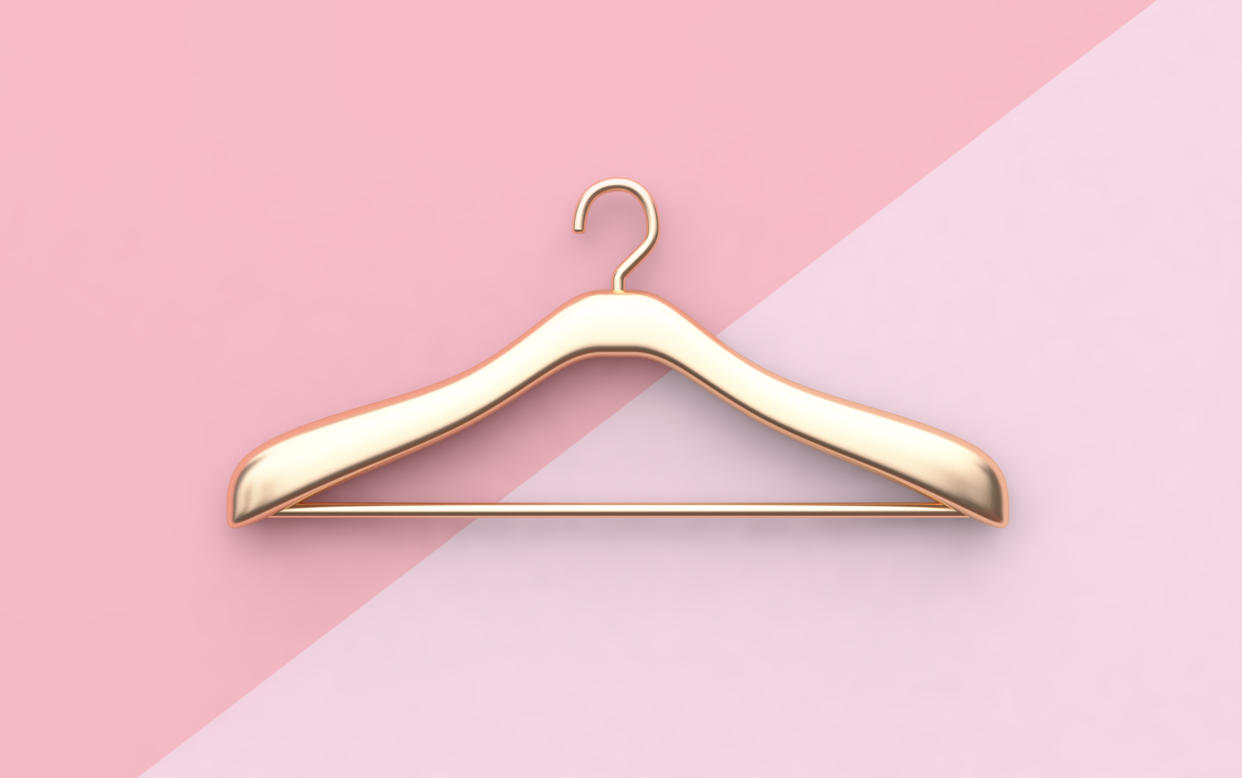Should plus-size clothing cost more? One designer thinks so

An Australian designer, Peter Alexander, has come under fire for charging plus-size customers more than other consumers for identical garments in standard sizes.
Taking to the brand’s Facebook page, social media users called out the company for discrimination and blatant body-shaming.
One customer commented: “Why is your plus-size sleepwear more expensive than your standard sleepwear?”
While another wrote, “Hey Peter, I love how size inclusive your stores are but why does your plus-size sleepwear cost $10 an item more than non plus-size sleepwear?”
Yet despite widespread criticism, the sleepwear specialist defended his sales technique claiming that ‘different patterns’ are responsible for the stark price difference.
Very disappointed to see Peter Alexander (where I have loved shopping for years!) charge more for plus sized items. Where does it stop? https://t.co/M7cCmlLHYV
— Anna O’Dea (@Anna_Iceberg) January 11, 2019
“It’s because there’s more fabric used. Fabric is usually sold per metre, so for a size 8 you could make two nighties, but for plus size, you’d only be able to make one nightie out of the metre (fabric),” he told The Daily Telegraph.
But is it acceptable for fashion brands to charge plus-size customers more in the name of business or is it merely a discriminatory move?
Is the price of plus-size clothing ranges merely a business decision?
Although the controversial claims made by Peter Alexander have only just hit headlines, the debate is just the tip of the iceberg.
Last year, New Look sparked national outcry after charging customers up to 30% more for its ‘curve’ collection which starts from size 18.
Subsequently, the fashion chain was accused of adding ‘fat tax’ by customers.
But in response to the claims, New Look claimed the prices are down to the need for more material – a claim which Tam Fry, chairman of the National Obesity Forum, supported.
“It is entirely reasonable for dressmakers to charge more for larger sizes, because they require more material,” he said at the time.
“I think, if a woman is paying more for her clothes because she is a size 18 or over, that she will think seriously about staying in shape and that can only be a good thing.”
![New Look came under fire last year for upping the price of its ‘curve’ range [Photo: Getty]](https://s.yimg.com/ny/api/res/1.2/WB8MLAjGojFoLwc5hsVMBg--/YXBwaWQ9aGlnaGxhbmRlcjt3PTk2MDtoPTQ4Mw--/https://media.zenfs.com/en/homerun/feed_manager_auto_publish_494/6286b92a4f6f6c144b094f44fabc1877)
In response to the latest furore, he told Yahoo UK: “Peter Alexander may have a point in claiming that more material, more stitching and more labour costs could justify a higher price.”
“But what’s on the tag, is the retailers’ affair. They may opt not to increase the manufacturer’s price and take the hit in order not to lose valued custom.”
Yet with no extra cost for those shopping in the ‘tall’ section or likewise a reduction in price for those scouring the ‘petite’ section of the site, the need for extra material is seemingly nothing short of an excuse.
In response to the backlash, a New Look spokesperson announced: “To ensure pricing differences like these don’t happen in future, we are in the process of reviewing the pricing structure of our plus-size collection in a way which works best for our customers and our business.”
“We are proud of the ranges we offer to our plus-size customers and value all customers, no matter what their body shape or size.”
A step back for the fashion industry?
Every season, the fashion industry is called out for its lack of diversity.
Last year, London Fashion Week was touted for showcasing its most inclusive runway yet with Victoria Beckham enlisting the help of mature model Stella Tennant and Edward Enninful – British Vogue‘s first black editor-in-chief – sitting FROW.
But the industry still has a long way to go before it can celebrate, as plus-size models are often left out of the headlines when it comes to celebrity round-ups or street style galleries.
According to The Fashion Spot, only 54 plus-size models walked the SS19 runway in a mere 15 shows across all four cities – a small jump in progress compared to AW18.
In a bid to encourage fashion month to embrace curvy women, plus-size model, Kellie Brown, kick-started the #FatAtFashionWeek hashtag on Instagram last season – a body positive moment which sparked widespread conversation.
A post shared by Kellie Brown (@itsmekellieb) on Sep 6, 2018 at 9:54am PDT
By upping the price of plus-size clothing, the industry is distancing itself from a community already struggling to make its voice heard.
So regardless of the figures or the debate around whether stores should introduce tiered clothing prices, the very nature of upping plus-size prices is discriminatory.
In the UK, the average woman is a size 16 and wears a 36DD bra – which meets the plus-size requirements for a number of high street brands.
By upping the price, the industry is not only excluding women from comfortably shopping on the high street but leading us to question our own body image.
Follow us on Instagram and Facebook for non-stop inspiration delivered fresh to your feed, every day. For Twitter updates, follow @YahooStyleUK.
Read more from Yahoo Style UK:
As Boohoo launches a student ‘meal deal’, we explore if fast fashion has gone too far
Are we witnessing the death of the department store?
Why this woman started a ‘fat’ fertility movement


